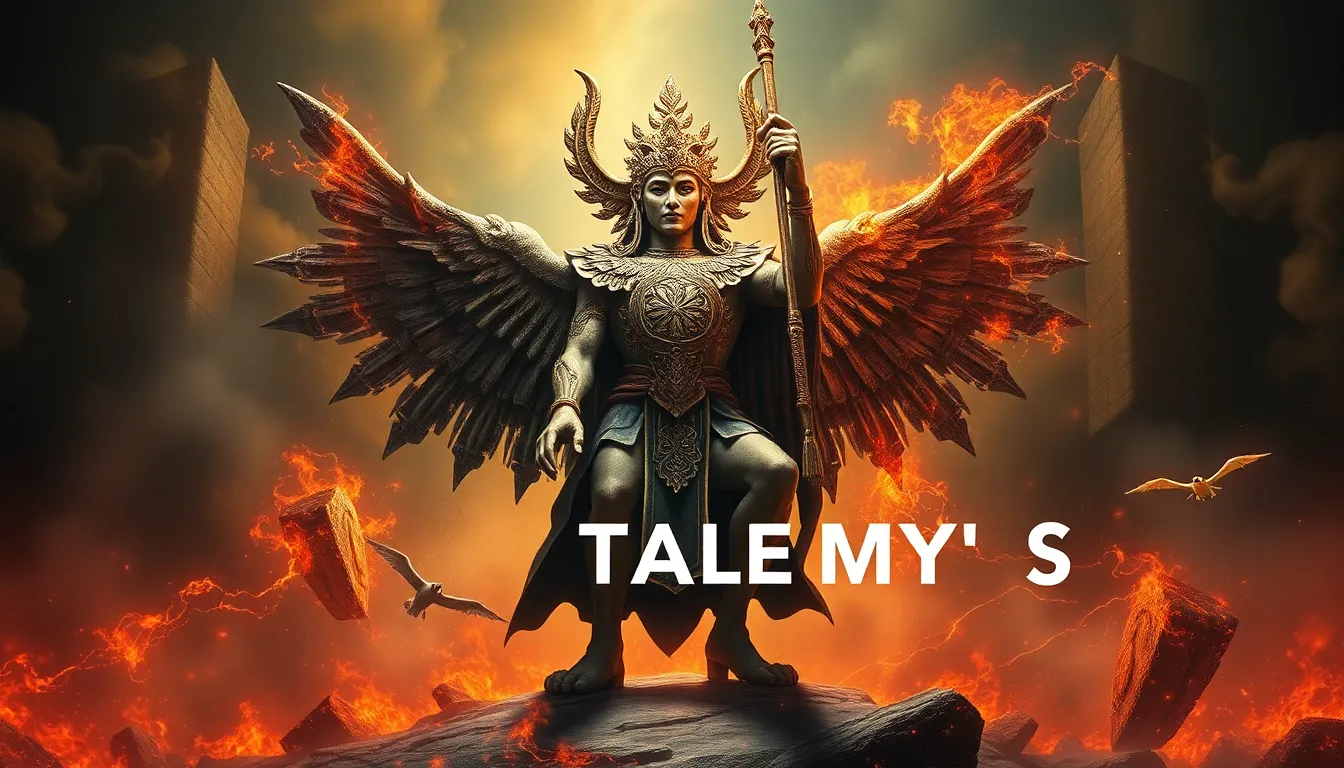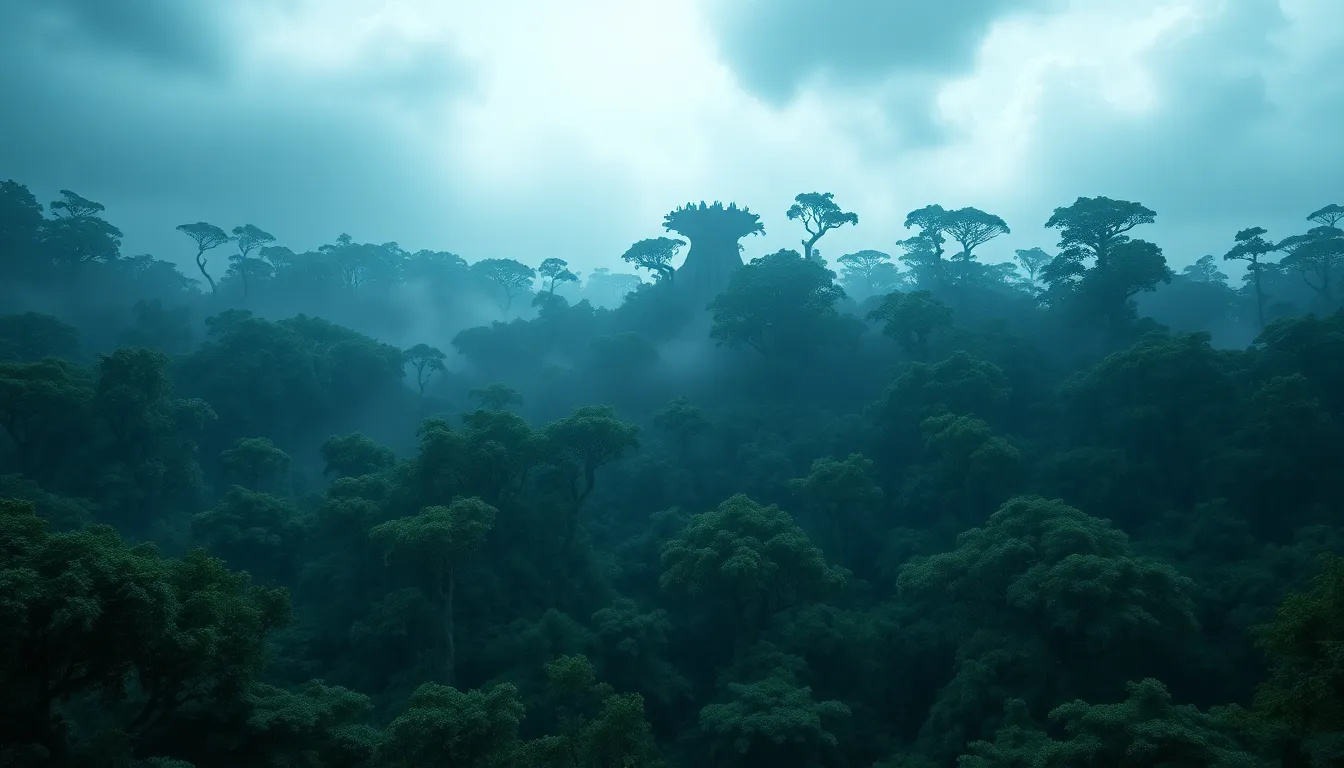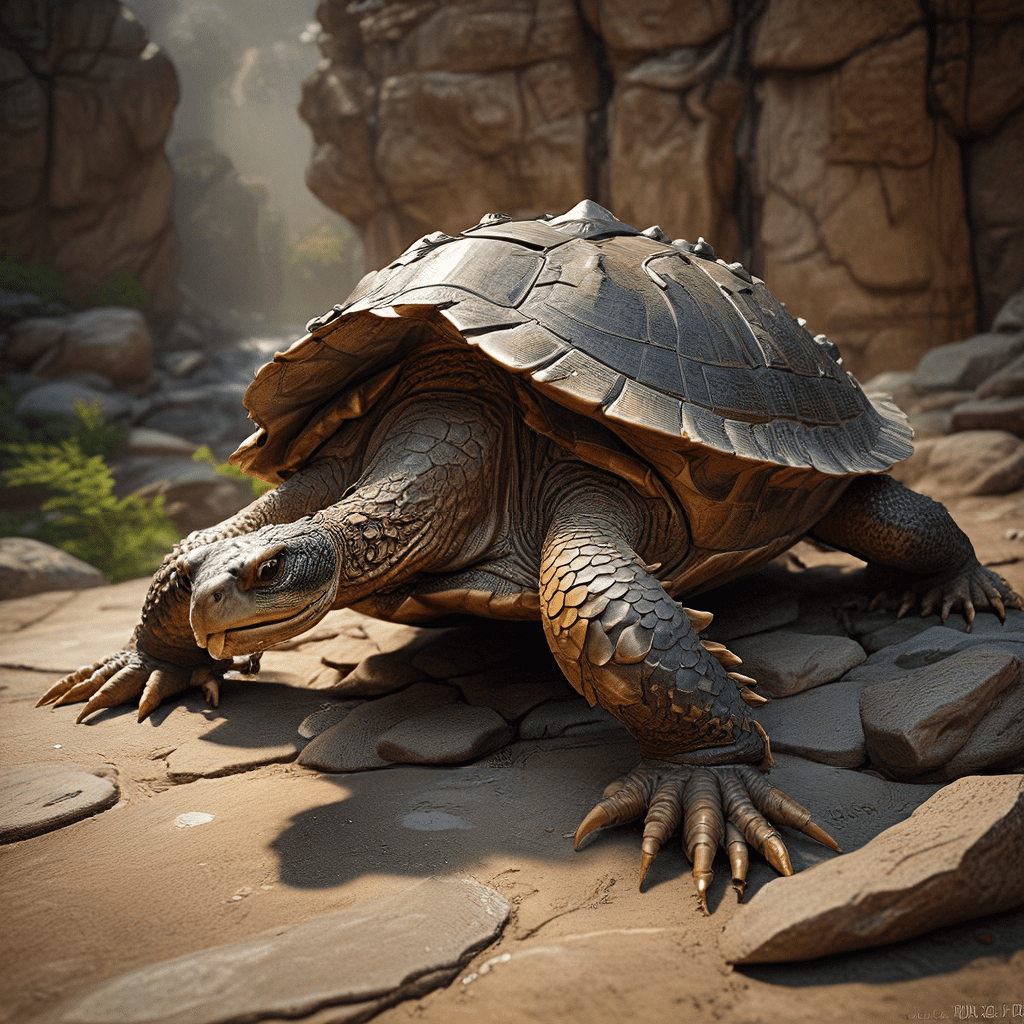The Most Notable Myths of Ancient Deities and Their Impact on Society
I. Introduction
Ancient deities and their associated myths have been intrinsic to human culture, providing a framework through which societies have understood their world. These myths often serve as allegories for human experience, embodying the values, fears, and aspirations of the civilizations that created them. Studying these ancient narratives is crucial for understanding the social, political, and psychological aspects of past cultures, as they reflect the collective consciousness of their time. This article aims to explore notable myths from various civilizations, their deities, and their profound impact on society.
II. Overview of Major Ancient Civilizations and Their Deities
Throughout history, various civilizations have worshipped a pantheon of gods and goddesses, each representing different aspects of life and nature. Here are some of the most significant ancient civilizations and their deities:
- Egyptian mythology: A rich tapestry of gods such as Ra, Isis, and Osiris, who governed both the natural and spiritual realms.
- Greek mythology: The Olympian gods, including Zeus, Hera, and Poseidon, who personified various human traits and natural phenomena.
- Norse mythology: The Aesir and Vanir deities such as Odin, Thor, and Freyja, who influenced the lives of the Norse people.
- Hindu mythology: A vast array of deities like Brahma, Vishnu, and Shiva, each with rich narratives that explain cosmic principles.
- Mesoamerican deities: Gods of the Aztecs and Mayans, such as Quetzalcoatl and Huitzilopochtli, who played vital roles in agriculture and warfare.
III. Creation Myths: Understanding the Universe
Creation myths serve to explain the origins of the universe, often involving divine beings and cosmic events. Here are notable creation myths from different cultures:
- The Egyptian creation myth: Atum emerged from the primordial waters of Nun, creating the first gods and establishing order.
- The Greek creation story: From Chaos, the Titans emerged, leading to the rule of the Olympian gods.
- The Norse world tree: Yggdrasil connects the Nine Realms, encompassing all existence from the divine to the mortal.
- Hindu cosmology: The cyclical nature of the universe is expressed through Brahma’s creation, Vishnu’s preservation, and Shiva’s destruction.
IV. Myths of Death and the Afterlife
Different cultures have developed unique beliefs about death and what lies beyond, often depicted through rich narratives involving their deities:
- The Egyptian concept of the afterlife: Osiris judged the souls of the deceased, determining their fate based on their earthly deeds.
- Greek beliefs in Hades: The underworld was ruled by Hades, where souls would dwell based on their lives.
- Norse views on Valhalla: Valhalla was a hall where warriors who died in battle were welcomed, while Hel was a realm for the less valorous.
- Hindu beliefs: Reincarnation reflects the moral choices made in one’s lifetime, with the ultimate goal being moksha, or liberation from the cycle of rebirth.
V. Myths Explaining Natural Phenomena
Many ancient myths sought to explain natural phenomena, attributing them to the actions of gods:
- Thunder and lightning: Zeus wielded lightning in Greek mythology, while Thor was the Norse god associated with thunder.
- The changing seasons: The myth of Persephone and Demeter explains the cycle of seasons through her annual descent and return from the underworld.
- Flood myths: Many cultures have flood myths, such as the Mesopotamian Epic of Gilgamesh and the Mesoamerican Flood myths, highlighting a universal theme of destruction and rebirth.
- Celestial events: Solar and lunar deities were often invoked to explain eclipses and other celestial occurrences.
VI. Deities as Symbols of Human Virtues and Vices
Deities often embody human virtues and vices, serving as moral exemplars or cautionary tales:
- Athena: Representing wisdom and strategic warfare, she embodies the ideal of a wise leader.
- Loki: The trickster figure in Norse mythology, representing chaos and the duality of human nature.
- Demeter: Symbolizing nurturing and growth, while Kali represents destruction and transformation.
These symbols inform societal values, illustrating the complexity of human nature and morality in ancient narratives.
VII. The Influence of Myths on Art and Literature
Ancient myths have profoundly influenced art and literature throughout history, inspiring countless works:
- Depictions of deities: Ancient sculptures and paintings often portray gods in human form, representing their attributes and stories.
- Classical literature: Works by Homer, Virgil, and others draw heavily on mythological themes, reflecting the values of their societies.
- Contemporary art and media: Modern artists and filmmakers continue to reinterpret ancient myths, highlighting their timeless relevance.
VIII. Myths and Their Role in Social Structures
Myths often serve to reinforce social hierarchies and structures, influencing governance, rituals, and community values. For instance, the divine right of kings in various cultures is often justified by mythological narratives, suggesting that rulers are ordained by the gods. Additionally, myths can create a sense of unity within a society, providing common beliefs and values that bind communities together.
In summary, the study of ancient deities and myths offers invaluable insights into the human experience. These narratives not only shaped individual civilizations but also continue to resonate in modern society, influencing our understanding of morality, nature, and the universe itself.



